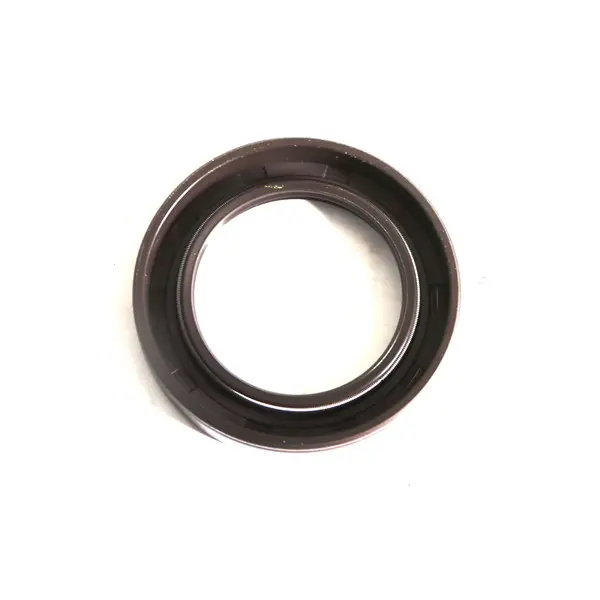9 月 . 30, 2024 17:39 Back to list
Exploring Various Types of Oil Seals and Their Applications in Machinery
Different Types of Oil Seals Understanding Their Function and Application
Oil seals, also known as grease seals or shaft seals, play a critical role in machinery and automotive applications. Their primary function is to prevent the leakage of lubricants such as oil and grease while also keeping contaminants like dust and dirt out of the system. Understanding the different types of oil seals is essential for selecting the right one for your specific application.
1. Basic Design and Functionality
Oil seals generally consist of three main components the outer casing, the sealing lip, and the spring. The outer casing is typically made of rubber or polymer, which provides flexibility and strength. The sealing lip is designed to create a tight seal against the rotating shaft, while the spring ensures that the lip maintains consistent contact with the surface, preventing leaks.
2. Types of Oil Seals
There are several types of oil seals, each suited for different applications. Here are some of the most common types
Radial oil seals are the most widely used type. They are designed to fit into a shaft housing and seal the oil around a rotating shaft. Radial seals are utilized in various applications, including automotive engines, gearboxes, and industrial machinery. Their design allows for effective sealing while accommodating shaft misalignment.
b. Mechanical Seals
Mechanical seals are used primarily in pumps and other equipment that require a high level of sealing effectiveness under pressure. Unlike traditional oil seals, which rely on the flexibility of a lip for sealing, mechanical seals utilize two flat surfaces that are pressed against each other, creating a tight seal. This design helps to handle high pressures and temperatures, making mechanical seals ideal for more demanding applications.
c. Spring-loaded Seals
different types of oil seals

Spring-loaded oil seals are a variant of radial seals equipped with an additional spring mechanism. The spring helps maintain contact between the sealing lip and the shaft, improving the seal’s effectiveness. These seals are particularly beneficial in applications with fluctuating temperatures and pressures, as they can compensate for changes in size and shape.
d. PTFE Seals
Polytetrafluoroethylene (PTFE) seals are known for their high chemical resistance and low friction properties. They are suitable for applications involving aggressive chemicals or extreme temperatures. PTFE seals can often withstand much higher temperatures than rubber seals and are used in industries like pharmaceuticals and chemicals.
e. Lip Seals
Lip seals feature a single sealing lip that makes contact with the shaft. They are most effective for low to moderate pressure applications and are commonly used in automotive engines. Their simplicity and effectiveness make them a popular choice for various mechanical systems.
f. Double-lip Seals
As the name suggests, double-lip seals come with two sealing lips, providing enhanced protection against oil leakage and contamination. They are particularly useful in harsh operating conditions, where dust and dirt may be a concern. Double-lip seals are often used in heavy machinery and off-road vehicles.
3. Selecting the Right Oil Seal
When choosing an oil seal, it is essential to consider several factors, including the type of lubricant, the operating temperature, pressure conditions, and the nature of the contaminants present. Understanding these parameters will help you select an oil seal that offers optimal performance and longevity.
4. Conclusion
Oil seals are vital components in maintaining the efficiency and durability of machinery. With various types available, understanding their differences and suitability for specific applications is crucial for effective maintenance and operation. Investing in the right oil seal not only prevents costly leaks and contamination but also ensures that your machinery operates smoothly for extended periods. Whether you’re working on automotive systems, industrial equipment, or any other application requiring lubrication, selecting the correct oil seal will significantly contribute to the overall performance and reliability of the system.